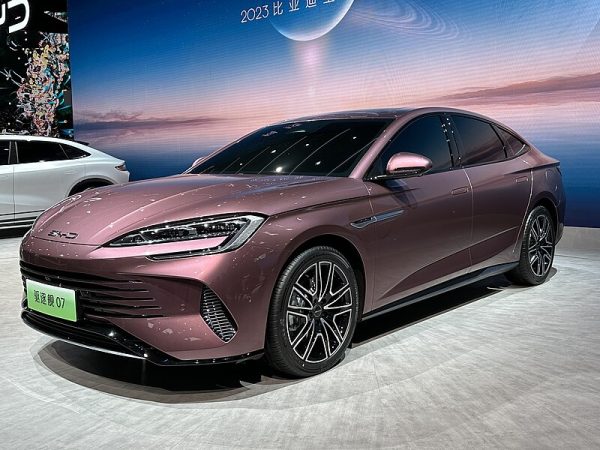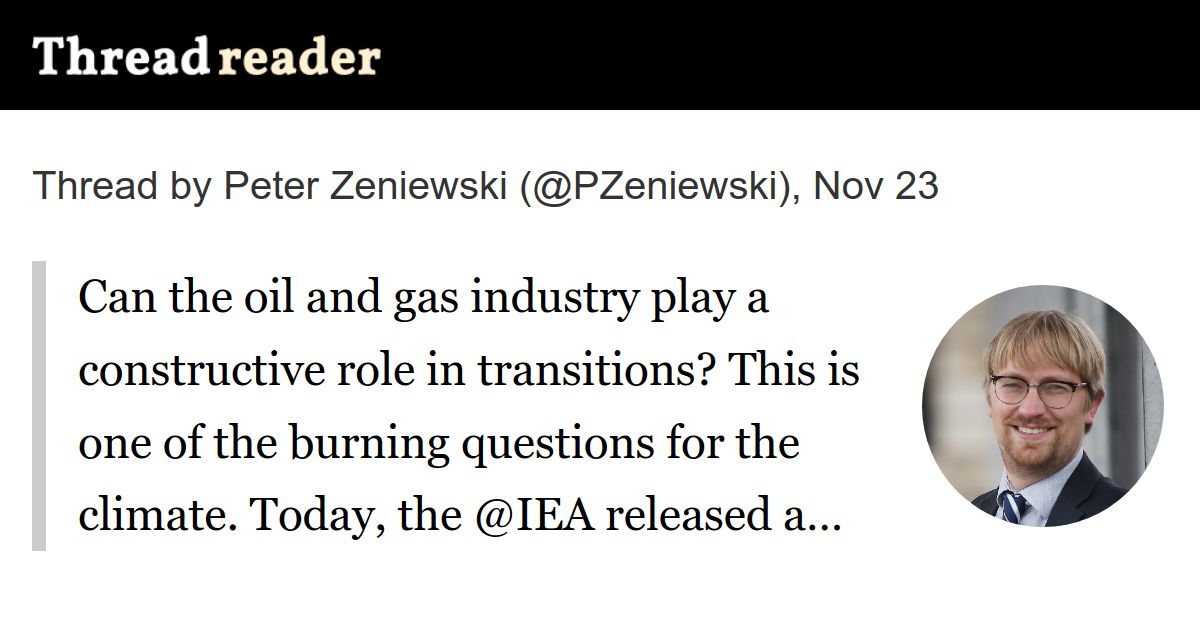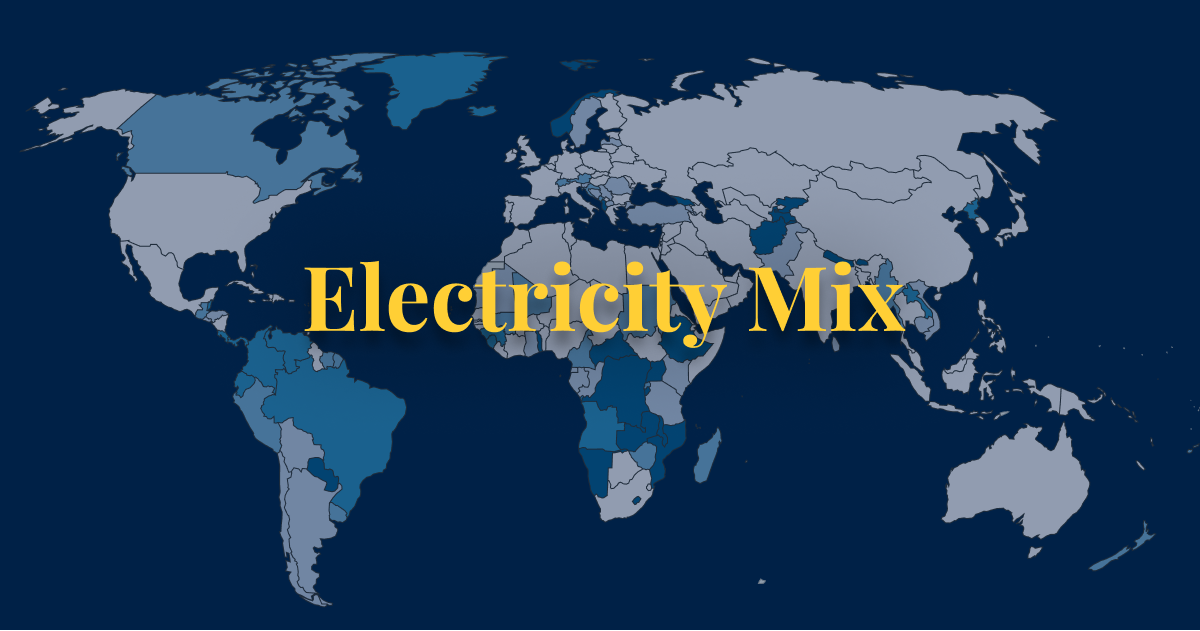This is an interesting exchange. Clearly there is enough solar in California to drive wholesale power prices down to around $0/MWh. Notice a lot of gas keeps generating (at a marginal loss) through the sunny day. I suspect this is so they can ramp back up easily as the sun is setting. That evening power is worth so much that they are willing to absorb the fuel cost to maintain a head of steam (combined cycle). This suggests that CAISO still needs much more battery capacity. Batteries can charge at nearly zero cost during the day and immediately start discharging as prices surge in the evening. Also notice power prices are nearly constant from sundown to sunup. So I guess there is enough battery capacity to absorb any peak prices that might otherwise occur. Thus, 4-hour batteries look good economically, not just the 1-hour peak batteries. Bulking up on battery energy capacity will push more gas off the market.
Finally, as Steven Hess points out, California utilities still incentivize EV owners to charge at night, not during the day. That seems incredibly wrong. It keeps gas generators going day and night just to charge cars at the wrong time. The obvious low handing fruit is to have low-cost retail rates in the midday to charge EVs. The grid batteries could be charging in the wee hours of the morning whenever the wholesale price might come down. That would give these batteries the potential for a second daily cycle, improving their own economics. I see no need to incentivize EV charging at night. Rather, many EV owners will do so for the sheer convenience of it.
One potential objection here is grid capacity. CAISO might want to avoid having to build out more transmission lines so that EVs can charge midday. If this is the case, it suggests all the more that incremental battery capacity needs to be co-located with solar generation, and other grid batteries need to be strategically located to make the transmission system more efficient. Regardless, the grid will need to be restructured and optimized to handle the solar surge and charging needs. Instilling bad charging habits in EV owners now is shortsighted.







